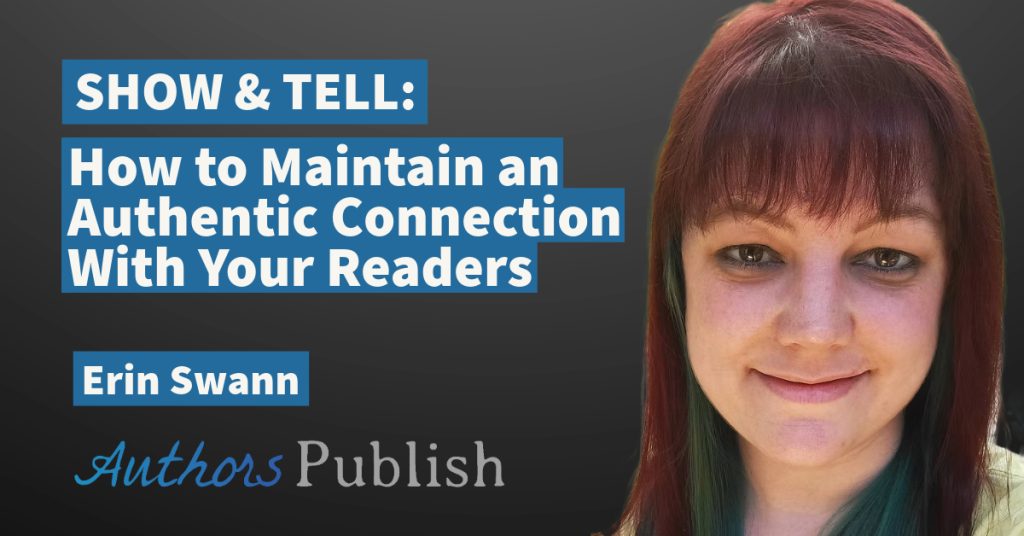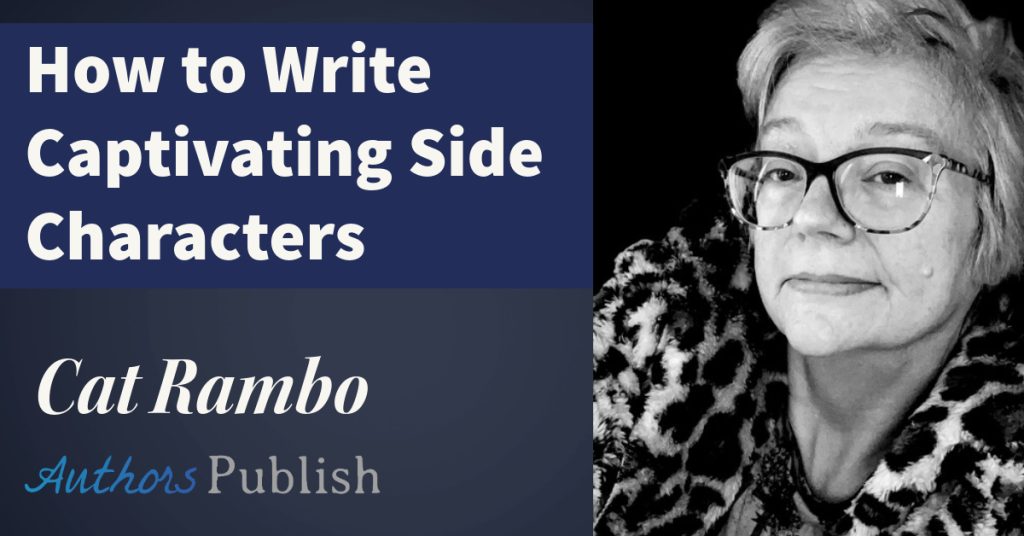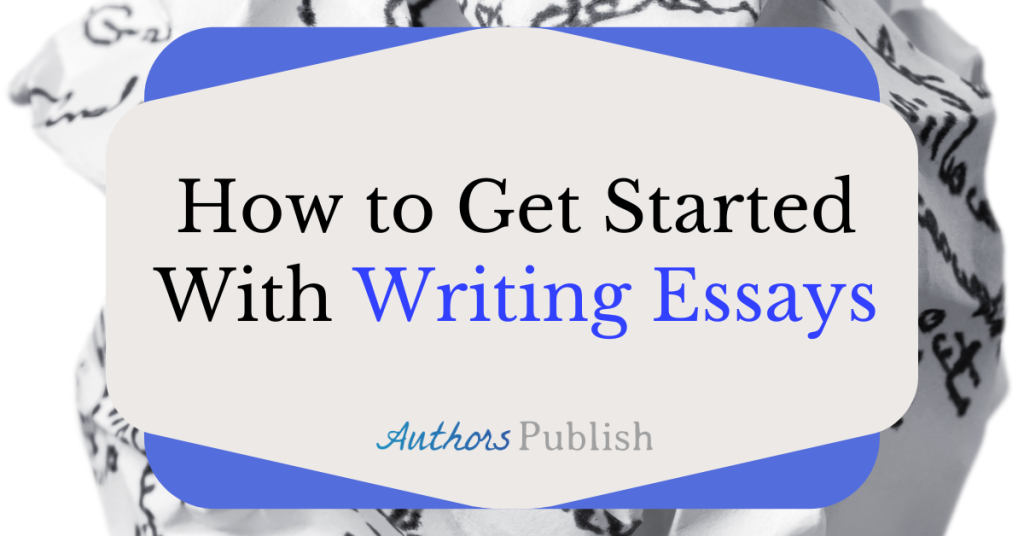By Casey Yong
Characters – the heart and soul of every good story. They’re the individuals we invest our time and emotions into as we follow them throughout the course of a gripping tale. But when do they stop feeling like stand-ins living out a story and start feeling like the people we can relate and empathize with? Here’s a trick to make your characters interesting.
There are three main emotions that audience members can feel towards your character (albeit generalized), and that you should pick one to try and accomplish in a character: admiration, empathy and hatred. Aiming to direct the audience to feel a certain emotion towards your character while writing can help with mapping out your process, and realizing what role you want your character to serve in your story, as well.
Admiration
Admiration isn’t restrictively used for super humans and power fantasy-type heroes, but for people who overcome their obstacles. People love an underdog story, and we look up to the heroes who can fight the demons we can’t. Admiration usually is supported by a character arc that ends positively, but rarely of a character the audience is intimately familiar with and are privy to their inner thoughts. While there are certainly instances where it works because everyone has different traits they admire, it often leads to empathy. The tactic of overcoming their hurdles to create admiration is more effective when it is with a character integral to the plot.
Sacrifice for others is another trait, whether it be as grand as martyrdom or using up a bit of their strength to help someone else – it is also admirable, as it is in real life.
Neville Longbottom from Harry Potter is one such character. He gradually develops from a meek, cowardly boy to standing up to his friends to protect them at the end of the first book. As the series develops, he then becomes the slayer of Nagini, Voldemort’s beloved snake, and an integral part to the defeat of Voldemort, the main villain of the series, himself.
Empathy
Understanding can often go hand-and-hand with empathy, so it’s usually best achieved through learning a character’s reasons and motivations. For example, Character A might’ve murdered a person. On paper, that sounds terrible, but the audience slowly realize that the person they killed was actually planning on mass murder themselves, so Character A tried to prevent it.
Another way to achieve empathy is through backstory, which provides introspection into their behavior from their past. A character’s trauma can reveal a lot about them, maybe aspects they can’t or won’t explicitly tell the audience.
Be careful with both methods though, as entering cliche territory can easily make them cardboard cut-outs of tired archetypes instead fully fleshed out characters.
Luke Castellan from Percy Jackson is a character that easily evokes empathy from the audience. He is meant to be the main antagonist for the entirety of the Percy Jackson series, yet we’ve come to learn his motivations for siding with Kronos, who wants to kill all the Greek gods, including his parents. We learn about his backstory with his distant and abusive mother, and everything that’s driven him to the conclusion that the destruction of the gods would create a better universe.
Hatred
While hatred is relatively easy to achieve on paper, it is much harder to execute. If you want the audience to hate a character, such as making them a mass murderer, it is important that we can relate to them on a personal basis. For example, if you do want a character to be hated for murder though, make sure they murder a character the viewer has been with a long time in the story and the character’s death leaves an impact. This makes for a good way for other characters in the story, and also for the audience, to hate them.
There’s also making your character an abuser, which includes both in the physical or the emotional sense. This can lead to a more personal sort of hatred, as there is a high probability of the audience having experienced some form of abuse or knowing someone who has. Another way is to have the character be worshiped by the general public, but have them actually do terrible things. There is a reason our society flocks to scandals so much, it’s because we hate the people who pretend to be amazing but are scum behind the scenes.
Betrayal is effective too, especially if it ends up irreparably harming or killing one of the main characters. Similar to abuse, betrayal is a form of pain we can relate to.
Avatar: The Last Airbender’s King Ozai is truly hated by the characters and the audience. Not only because he’s a power-hungry dictator with no regard for anyone else, he also treats his own children as nothing more than tools. He throws away his son and scars him for life for simply speaking out of turn, and the daughter that admired him so, he abandoned as soon as he had bigger fish to fry. Considering how Zuko is a part of the main cast and a character intended to be understood, this makes Ozai a great villain, by giving the audience a reason to hate him both for the reason he is doing despicable deeds and also for traumatizing two of his own children.
Conclusion
However, according to your character, you may want these emotions to overlap. You can feel empathy for good villains but still hate them, or for someone to empathize and admire a character, and there are also characters which embody all the three emotions! There will also be a different spectrum of emotions that this list hasn’t covered, such as pity, uncomfortableness, infatuation, but these are all forms of subsections to this list as well, with minor changes.
Note that even if you do this well, your audience will never be in total agreement of what they feel towards a character, no matter your execution. The goal of this specific tip is for you to figure out your character’s role in the story in a clearer way, because knowing what response you want them to evoke helps you develop them more fully.
I hope this tip helped you fully realize your character, and feel free to try and discover new emotions a character can evoke in the audience.
Bio: Casey Yong is an aspiring author who has experience with and specializes in character writing. She has been actively writing and participating in both physical and online writing spaces for four years now, posting her short stories for the world to see.






